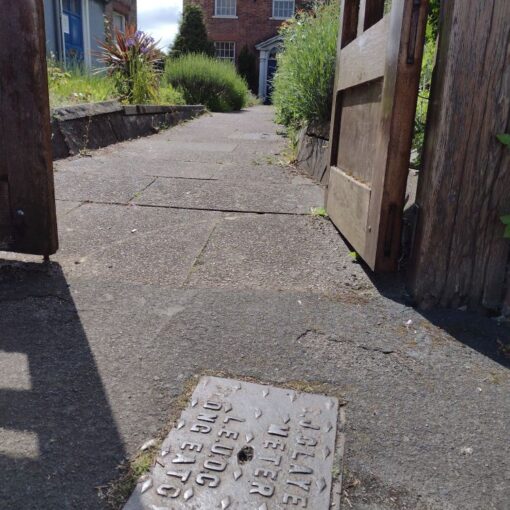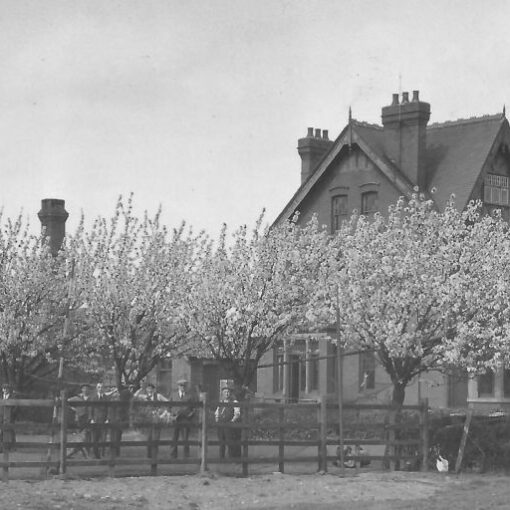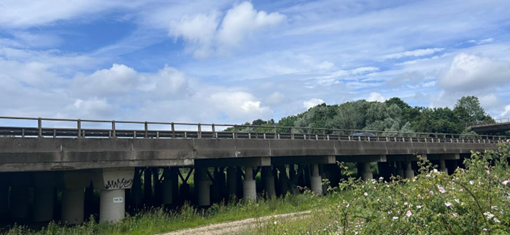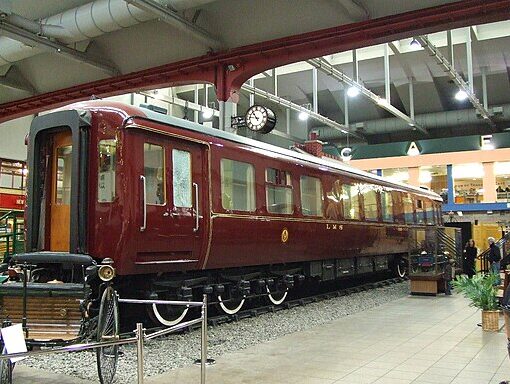Sawley was originally known as Salloe. In the Domesday book it was spelled ‘Salle’.
A ‘Salh’ or ‘sealh’ was the Old English (Anglo-Saxon) name for a willow tree. The common varieties of willow, of the type that grow along the Trent, are still called sallow. The name was similar in Old Norse (selja) so there would have been little reason to change it when Sawley was part of the Danelaw.
‘Ley’ at the end of an Anglo-Saxon placename usually means clearing in a wood. But the ‘Salle’ in the (early Norman) Domesday book suggests the modern name just evolved from Salle/Salloe over the subsequent years.
But we don’t know the origins for sure. For example, the Old English name for a hill/hillock is ‘hlāw’. And the area around Sawley church is on higher ground. Which would have been very significant to farmers before the flood banks were built.
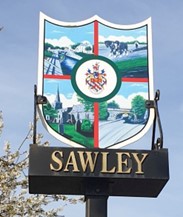

In contrast, Wilsthorpe is clearly a Danelaw (Viking) name. ‘Thorpe’ usually meant a small hamlet within a larger parish, and most ‘..thorpe’ places are still quite small. The first part of a placename was usually the person who held the land. So, Wil or Wifel, or something like that.
Wilne (wilign) is Old English for a willow copse.
The name Draycott comes from two Old English words:
- dræg -a drag/portage/slipway, i.e. where you’d have got your boat out of the river
- cot – cottage, hut, shelter etc
‘Tun’ is an Old English name for farm or settlement. So Breaston means something like Braegd’s farm. And Toton was something like Tofi’s Farm.
In the Anglian/Mercian dialect of Anglo-Saxon an ‘ēg’ was dry ground surrounded by marshier ground or by two rivers. So Long Eaton may have been the settlement between the River Erewash and Golden Brook. In the Domesday book it was called ‘Aitune’. In slightly later records its Eitun or Eiton. The first record of ‘Longe Eyton’ was in 1288.
The most interesting local place name is Breedon on the Hill. Before the Roman occupation the Celtic (Iron Age) people called it ‘brigā’ (hill). When the Angles arrived, they assumed ‘briga’ was a name, so they helpfully added the suffix ‘dūn’ which means a hill. Later, after the Norman invasion, the ‘on the Hill’ explanation was added. So, the village name means ‘Hill, hill on the hill’.
Slightly further afield is Loughborough. A borough/burgh was originally an Anglo-Saxon fortified town, established in the 9th century as protection against Viking attacks. As an aside, there are now only two ‘burghs’ in the United States. Originally there were many, but an 1891 law standardised their name endings to ‘burg’. Pittsburgh, Pennsylvania changed its name back in 1901. Alburgh, Vermont did the same in 2006.

